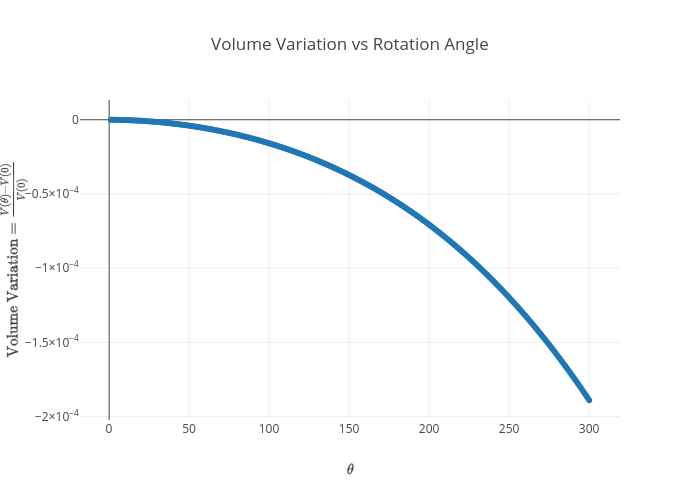Torsion Bar Benchmarks
| CSM toolbox documentation is available here. |
1. Introduction
We simulate the torsion of a beam generated by a circular motion at one extremities and fixed to the other side. The material is considered NeoHookean compressible.
2. Inputs
We consider an hyper-elastic material
Unresolved include directive in modules/csm/pages/torsion-bar/README.adoc - include::https://raw.githubusercontent.com/feelpp/feelpp/develop/toolboxes/solid/torsionbar/torsionbar.json[]2.1. Parameters
Unresolved include directive in modules/csm/pages/torsion-bar/README.adoc - include::https://raw.githubusercontent.com/feelpp/feelpp/develop/toolboxes/solid/torsionbar/torsionbar.json[]3. Outputs
We compute the followig fields:
-
the process id (domain partitioning)
-
the displacement of the beam,
-
the Von-Mises criterium
We monitor also the output VolumeVariation.
Unresolved include directive in modules/csm/pages/torsion-bar/README.adoc - include::https://raw.githubusercontent.com/feelpp/feelpp/develop/toolboxes/solid/torsionbar/torsionbar.json[]4. Running the model
The configuration file is in /usr/local/share/feelpp/testcases/CSM/torsionbar/torsionbar.cfg.
The command line in feelpp-toolboxes docker or singularity reads
$ mpirun -np 4 /usr/local/bin/feelpp_toolbox_solid_3d --config-file torsionbar.cfg5. Results
5.1. 3D model
In the window below, you can manipulate the 3D model at the final time step.
| Click top left button on opengl window to change basic visualisation features |
5.2. Video
The video below shows the torsion of the beam at different steps.
5.3. Volume variation
| Unresolved include directive in modules/csm/pages/torsion-bar/README.adoc - include::https://girder.math.unistra.fr/api/v1/file/5a68875ab0e9570150cb2530/download[] |
|---|
5.4. Expected performance
The results have been obtained in 868 second by using 24 cores on one node of the Atlas cluster (Intel Xeon E5-2680 v3 2.50GHz).
